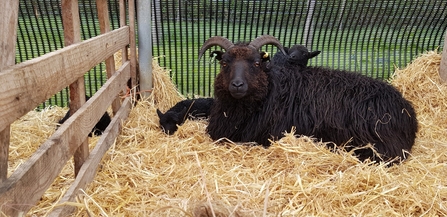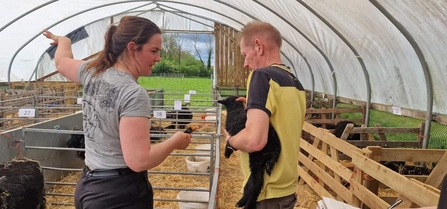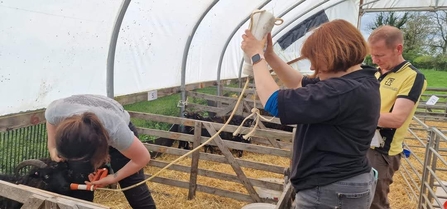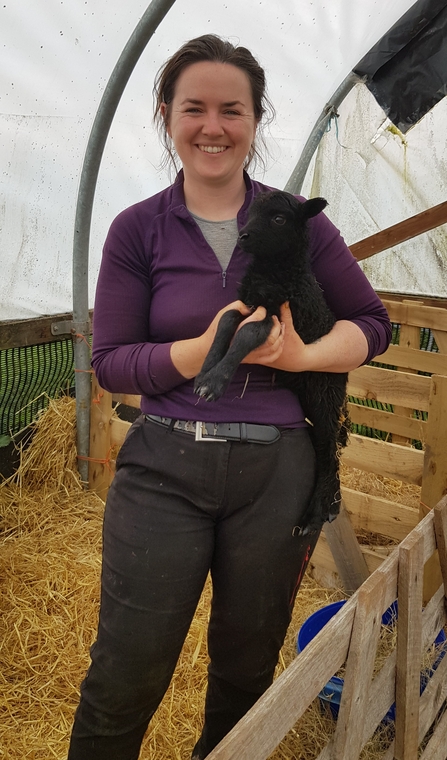Sheep as individuals...
Many YWT reserves are grazed by a mixture of sheep and cattle. Whilst this may not seem very wild - we are not the Yorkshire Farmlife trust - it is a very necessary and beneficial part of how our reserves are managed. Grazing at our reserves is about managing the landscape for the benefit of the maximum number of species, for example preventing areas being overrun with birch scrub.
There are other ways to do this that would use expensive mechanical equipment, but we don’t have such resources, and if we did, the terrain would often prevent us from even reaching some of the grazed areas. Grazing is a natural process. All you have to do is take the sheep to pasture and it looks after itself… well, not quite…





